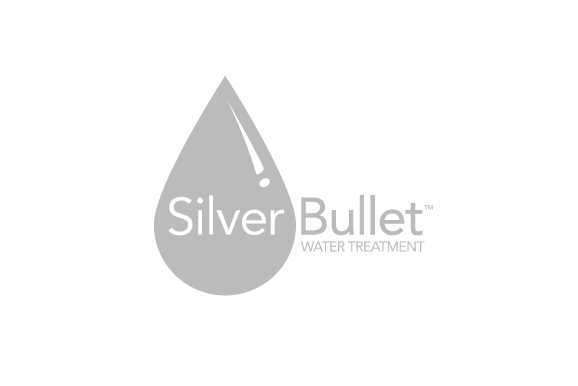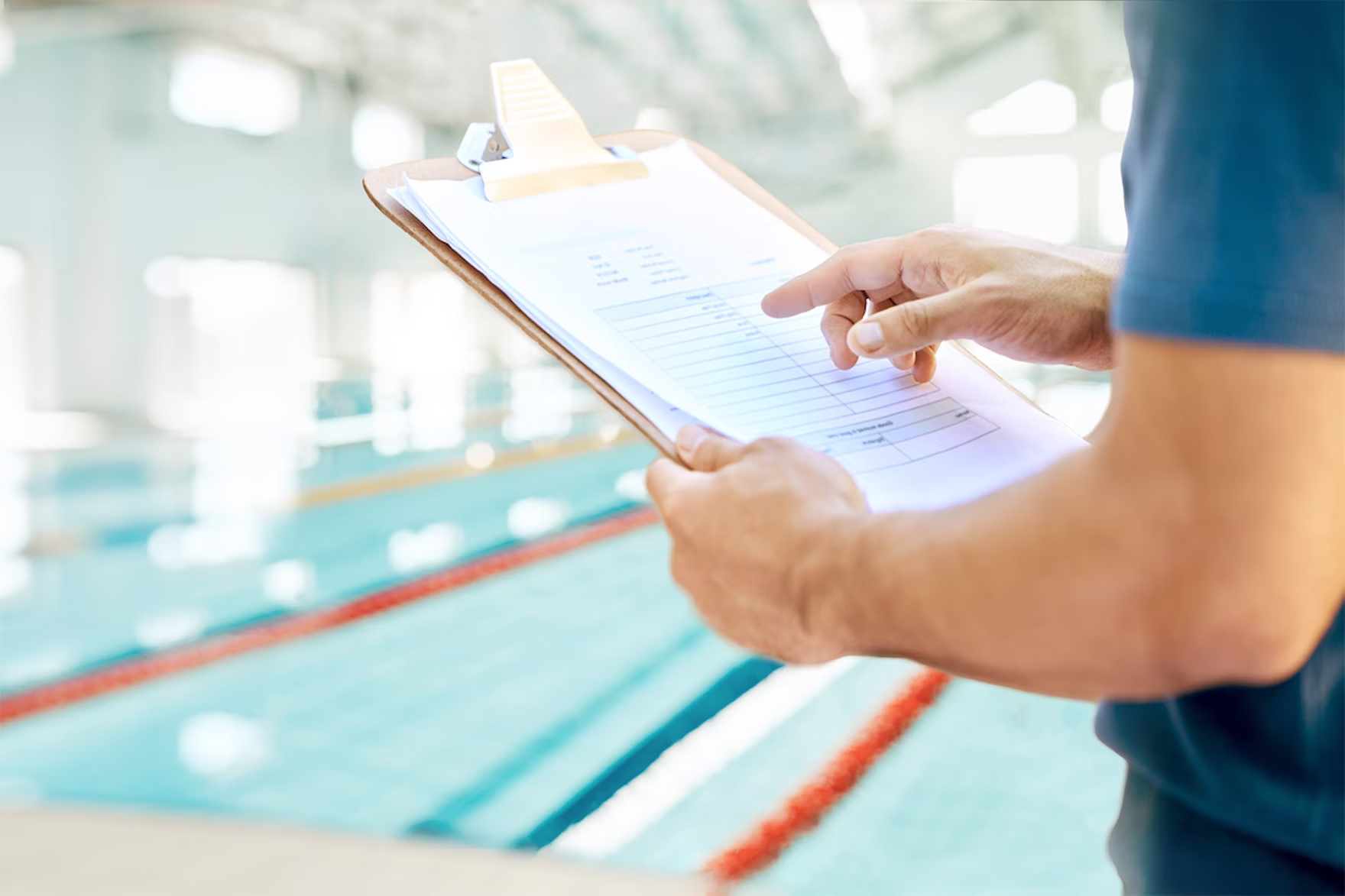


- Drinking water treatment: While we might not think much about this, 750 million people in the world lack access to safe water and 840,000 people die from water related illness each year. While chlorine can be harmful in excess amounts, the chlorine in our water keeps us from getting sick.
- Pool water treatment: A decades old method for pool water treatment, chlorine is no longer the only or best option. Why? Chlorine in typical pool levels doesn’t kill some common recreational water illnesses that can cause serious health problems.
- Consumer products: Chlorine is used to make many consumer products, including paper, paint, textiles and insecticides.
- PVC production: Chlorine is used to make this plastic found in products such as window frames, car interiors, water pipes and vinyl flooring.
- Pharmaceutical manufacturing: Chlorine is used in the manufacturing process of 85 percent of pharmaceuticals.
- Blurred vision
- Burning sensation in the nose, throat, and eyes
- Coughing
- Chest tightness
- Difficulty breathing / shortness of breath
- Fluid in the lungs
- Nausea and vomiting
- Watery eyes
- Wheezing
- Burning pain and blisters on the skin (exposure to chlorine gas)
- Skin injuries similar to frostbite (exposure to liquid chlorine






